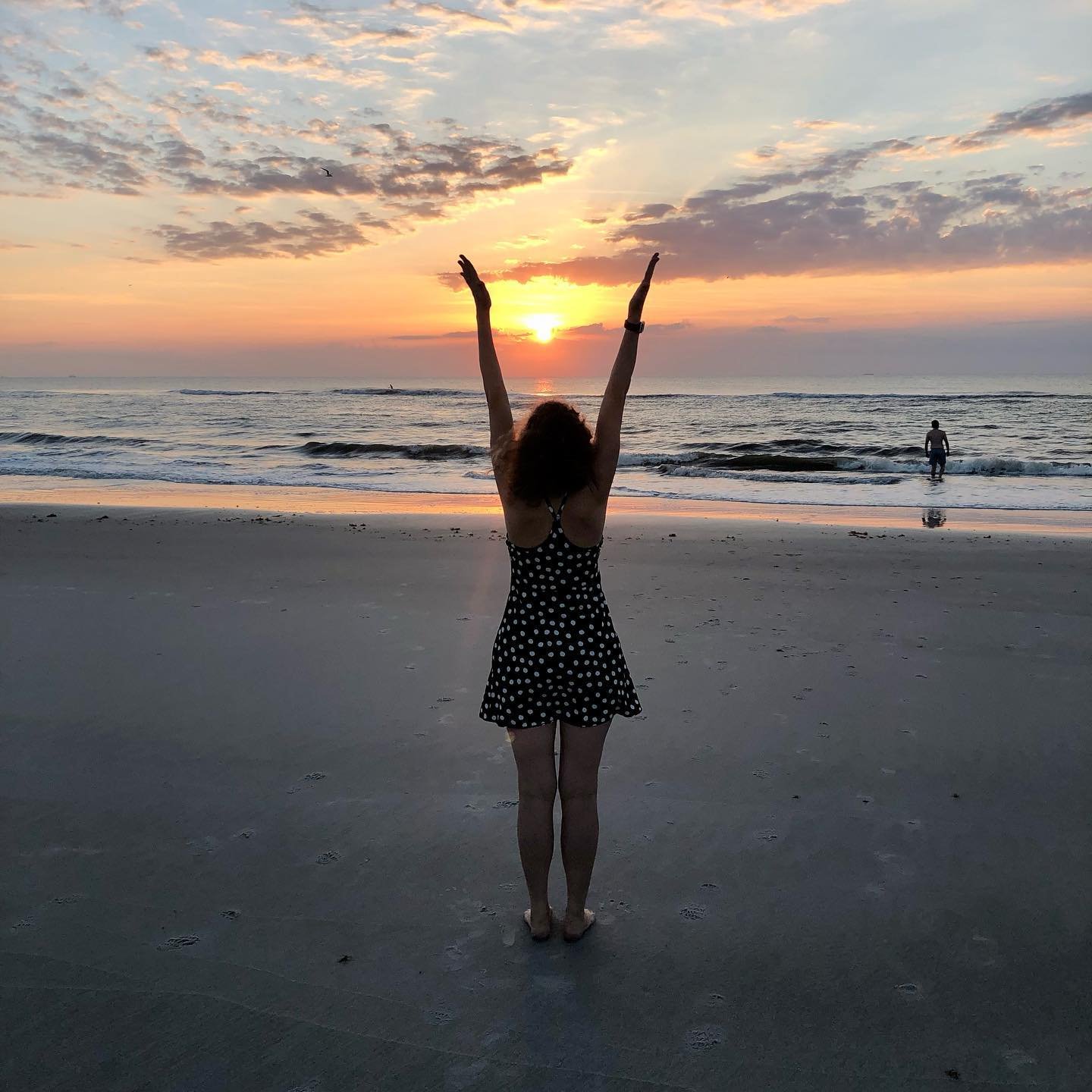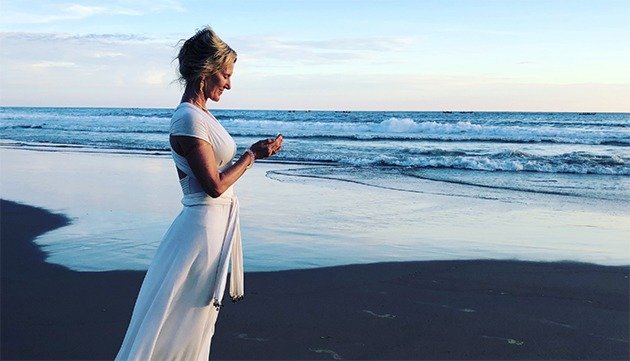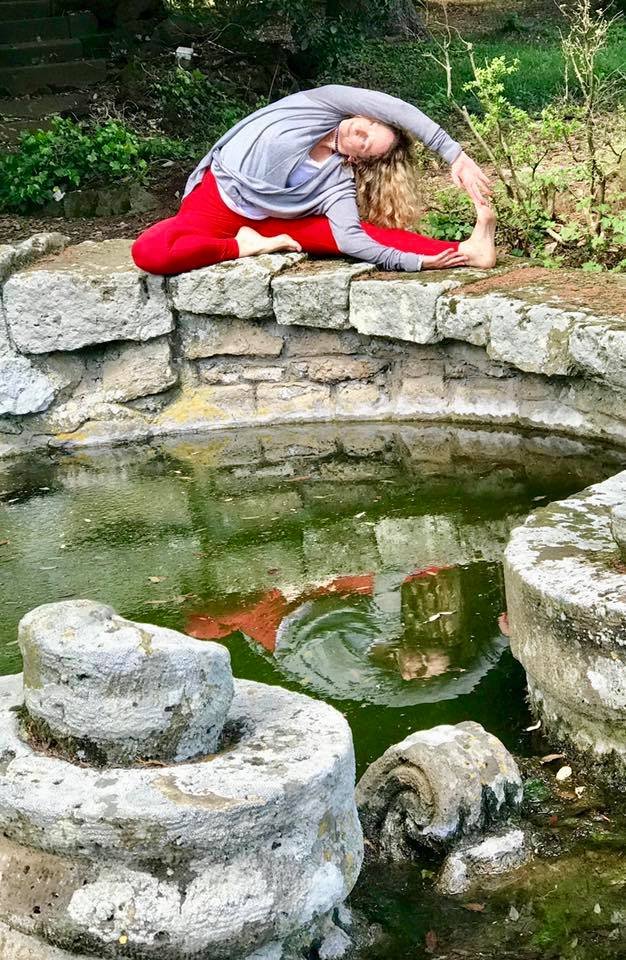What is Prana Flow?
Flowing with the rhythm of life
Over the last few years I’ve studied extensively with Shiva Rea, global movement and Yoga teacher, founder of Prana Flow, creative catalyst, lover of life, energy activist, and explorer. The Prana Flow approach to vinyasa yoga is both familiar and revolutionary, so I thought I’d share my experience of Prana Flow - and what you can expect in my offerings.
Starting with the basics: Prana and Vinyasa
To understand what Prana Vinyasa is, let’s start with Prana. Prana is our life force, our vital energy. Its Chinese counterpart is Chi. Our practices encourage the cultivation of Prana and its movement throughout our body to nourish and energize us.
From the Sanskrit “to place in a special way,” Vinyasa means aligning a sequence of poses with the breath to achieve a continuous flow.
Together Prana + Vinyasa gives purpose to our practice: movement + breath to encourage the flow of vital energy. You will see me refer to these practices, as taught by Shiva, as both Prana Flow and Prana Vinyasa.
Namaskar as Devotion
Many flow practices begin with Surya Namaskar, which is often translated as “Sun Salutes.” I’ve never liked this translation. The term “Salute” brings to my mind the military, police and hierarchy.
Shiva teaches us that the state of Namaskar is “to bow, to realize the essence.” Namaskar comes from the same root as Namaste: “namas,” which means “bowing or homage.” So we bring this feeling of Namaste — of bowing with respect and devotion — into our movement — whether it is the energy of the sun as in Sun Salutations (Surya Namaskar) or the Moon as in Moon Salutations (Chandra Namaskar).
Founder of Prana Flow, Lover of Life, and my teacher, Shiva Rea
When we approach our practice as one of bowing to the One, our intention immediately shifts. Our practice becomes movement meditation.
Prana Flow expands beyond the familiar and lineage practices of Surya Namaskar and Chandra Namaskar to evolutionary Namaskar practices honoring the elements, the chakras, and more.
What’s familiar
There is much about Prana Flow that is familiar. Most of the poses will be familiar to you. We focus on our inhale and exhale as we move through poses. You will recognize Surya Namaskar: while our approach may be a more devotional one, the essence of the Namaskar is preserved. If you have practiced any type of Vinyasa, much of the practice will be familiar to you.
Theresa enjoying Parivrtta Janu Sirsasana
What may be new or different
Mudra vinyasa. One of the things I really enjoy about Prana Flow is incorporating Mudras into movement. Simply defined, mudras are gestures held to activate the flow of energy for specific purposes. A Mudra Vinyasa introduces movement and breath, moving a Mudra, guided by our breath. Different Mudra Vinyasas have different effects, from grounding to energizing. We can also incorporate Mudra Vinyasa throughout the practice.
Beginning at the back of the mat. Because we approach movement primarily as meditation we often begin with Prana Flow Pranams, prostrations to the One of your understanding. This is facilitated by beginning at the back of the mat. This may a big change, but once you’ve tried it, you may not want to go back!
Pulsations. In talking with a friend, we observed that there are some practices that hold poses for a very long time — too rigid and static for me. And there and others that fly through a flow practice at lightning speed — too frantic for me. Prana Flow offers the perfect balance of pulsations that help us feel into the energy of the pose, establishing stability and allowing fluidity.
Prana Flow introduces pulsations and vinyasas within the practice.
Pulsation Vinyasa - pulsing within a pose. Like kelp in the sea or grass in the wind on the prairie, we bring dynamic and fluid movement into a pose, often before settling in.
Body Vinyasa - moving our arms while standing in a pose. I love this combination of stability with flow. To me, this is the embodiment of sthira sukham asanam, steadiness and ease in a a pose.
Rhythmic Vinyasa - moving between two poses, led by our breath. My current favorite rhythmic vinyasa is to flow between Parsva Virabhadrasana II (Reverse Warrior II) and Parsva Konasana (Side Angle Pose).
Solar, Lunar, kramas for every body
In Prana Flow we also offer Solar (powerful, challenging) and Lunar (softer, regenerative) options for poses as well as kramas or progressions to empower beginners and experienced practitioners to enjoy practice. I also offer props - blocks, belts, belts and bolsters for additional support and ease. My offerings are for Every Body. You don’t have to be strong or flexible, thin or young. I have many students who began practicing Yoga after they started Social Security. If you can breathe, you can enjoy Yoga!
Yoga is for Every Body.
Ancient and evolutionary embodied wisdom
My experience with Prana Flow is that it has brought greater awareness into my body and my practice. Less thinking mind, more feeling. The creative and effective sequences of Prana Flow bring vitality, regeneration, connection and fluidity into our body and life.
Integrating the roots of Yoga, Tantra, Ayurveda, and Bhakti with evolutionary vinyasa, incubated through the practice and teachings of Shiva Rea and the global collection of Prana Vinyasa teachers, Prana Flow is Movement Alchemy. It’s a fluid, flexible, and heart-centered system for living the flow of Yoga.



